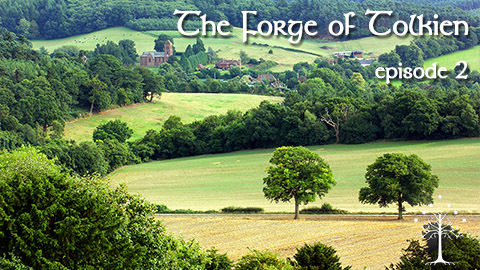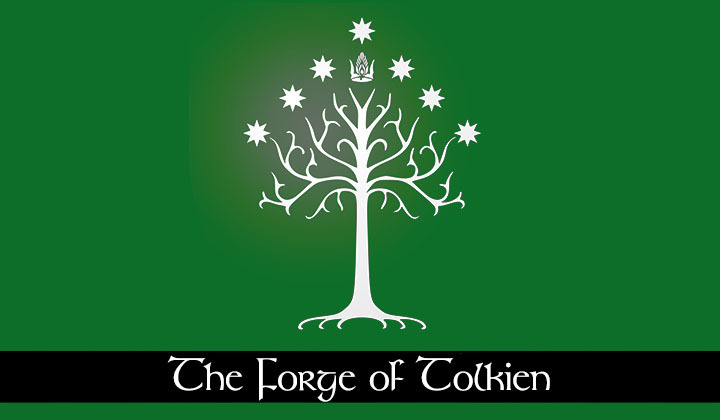Their losses are not only accumulating, they are accelerating. Which is more than a little fascinating in light of what I wrote in Corporate Cancer concerning the Devil Mouse.
Debt, diversity, and the Devil Mouse
Investors often say that which cannot continue will not. But as one influential economist who was also a highly successful investor noted, “the market can stay irrational longer than you can stay solvent.” So, we can’t expect to know exactly when a converged company is going to succumb to the corporate cancer that has infested it. There is an awful lot of ruin in companies as big and resource-rich as Apple, Disney, Google, Intel, or Microsoft; a single disaster, or even a single series of disasters is probably not going to be sufficient to do them in.
But if the precise end of a converged company cannot be foreseen, the beginning of the endgame often can be. This is because a corporate failure cascade, or a process in a system of interconnected parts in which the failure of one or more parts triggers the failure of other parts, is often observable by even casual observers.
For example, Disney looks indomitable when seen from a distance. It has a market capitalization of nearly $250 billion and in 2018 reported an annual profit of $12.6 billion on $59.4 billion in revenue. It owns a veritable gold mine of intellectual property, from Mickey Mouse to Star Wars, and is arguably the most formidable entertainment empire in the history of the world to date.
But look a little closer and a less imposing picture begins to take form. In just the last year, Disney’s debt has increased by $38 billion, to a total of $53 billion now owed. And while that figure is considered low by industry standards, it has amassed that gargantuan debt to pay for projects that are already failing at an rate that is extremely uncharacteristic of historical Disney projects.
Consider, too, that Netflix now owes $12.4 billion in debt with $15.8 billion in annual revenue, so despite Disney’s low debt/equity ratio of 0.38, it has a debt/revenue rate of 89.2 percent, which is actually higher than the notoriously unstable Netflix’s 78.4 percent.
Star Wars isn’t the only one of Disney’s once-dominant properties and franchises that are failing. The two Galaxy’s Edge theme parks were failures at launch, attendance is declining at both its flagship parks, and ESPN has been losing two million subscribers a year for the last seven years.
Although it has ridden the Marvel Cinematic Universe—which it did not create—to record-breaking box office heights, its attempt to mine its rich cartoon franchise for live action films has not panned out very well when corrected for inflation—the 1994 Lion King made $178 million more than its 2019 remake—and its attempts to create new franchises that can be similarly exploited have repeatedly failed.
On the other hand, Disney is still generating mammoth profits, its seemingly endless series of remakes are profitable, and the launch of its new Disney+ streaming channel could lead to a whole new period of growth for the entertainment giant. Then again, the decision to retroactively censor old films from Song of the South to Dumbo and The Lady and the Tramp tends to suggest that convergence will cause Disney+ to disappoint too.
In the end, it is probable CEO Bob Iger’s declaration that the corporation’s push for more diversity in its entertainment products will be followed by an increase of diversity in its executive suite before he retires that will prove the most reliable guide for the future of Disney as well as a test of the central thesis of this book.
There are only three possibilities, after all. Either social justice convergence is beneficial for business, it is harmful for business, or it is irrelevant. And at this point, it should be eminently clear that is about as good for the average corporation as cancer.
Are we seeing the beginning of a series of convergence-related failure cascades across corporate America? Disney may prove to be a useful harbinger in this regard.
Remember, that was all written before Corona-chan devastated Disney’s vital parks business. So let’s look at what is happening of late on the Devil Mouse front:
Analyst Rich Greenfield recently looked at Disney and ESPN’s reports and found very troubling numbers for the sport network and its parent company. ESPN’s loss in subscribers is also shocking for its size. The loss of subscribers continues and is down another six percent year-over-year. So far, this year’s subscriber loss has accelerated over past years. The sports network was down 4.5 percent in the first quarter, off 5.5 percent in the second quarter, and down a whopping 6 percent in the third quarter. Indeed, the six percent decline ESPN saw in the third quarter this year is just part of the declines suffered in every quarter at since the third quarter of 2016.
ESPN+ ARPU down 22{4e01b0bc4ab012654d0c5016d8cbf558644ab2e53259aa2c40b66b3b20e8967d} year-over-year, as it is basically being given away within the Disney/Hulu/ESPN+ bundle. $4.18 vs. $5.33 last year. How do you make money at $4.18 of $ARPU?
That 6-percent Q3 decline suggests that ESPN will be down to 78 million subscribers by the end of the year, down from 99 million in 2013. It certainly looks like a corporate failure cascade in progress. And while there is a LOT of ruin in the Devil Mouse, the speed at which its debt is accumulating means that it might not take as long as you would assume for that debt to become unserviceable. I haven’t run the numbers yet, so I don’t know how long it might take to go critical, but the fact that Disney is already running a higher debt/revenue ratio than Netflix is an ominous indicator.


